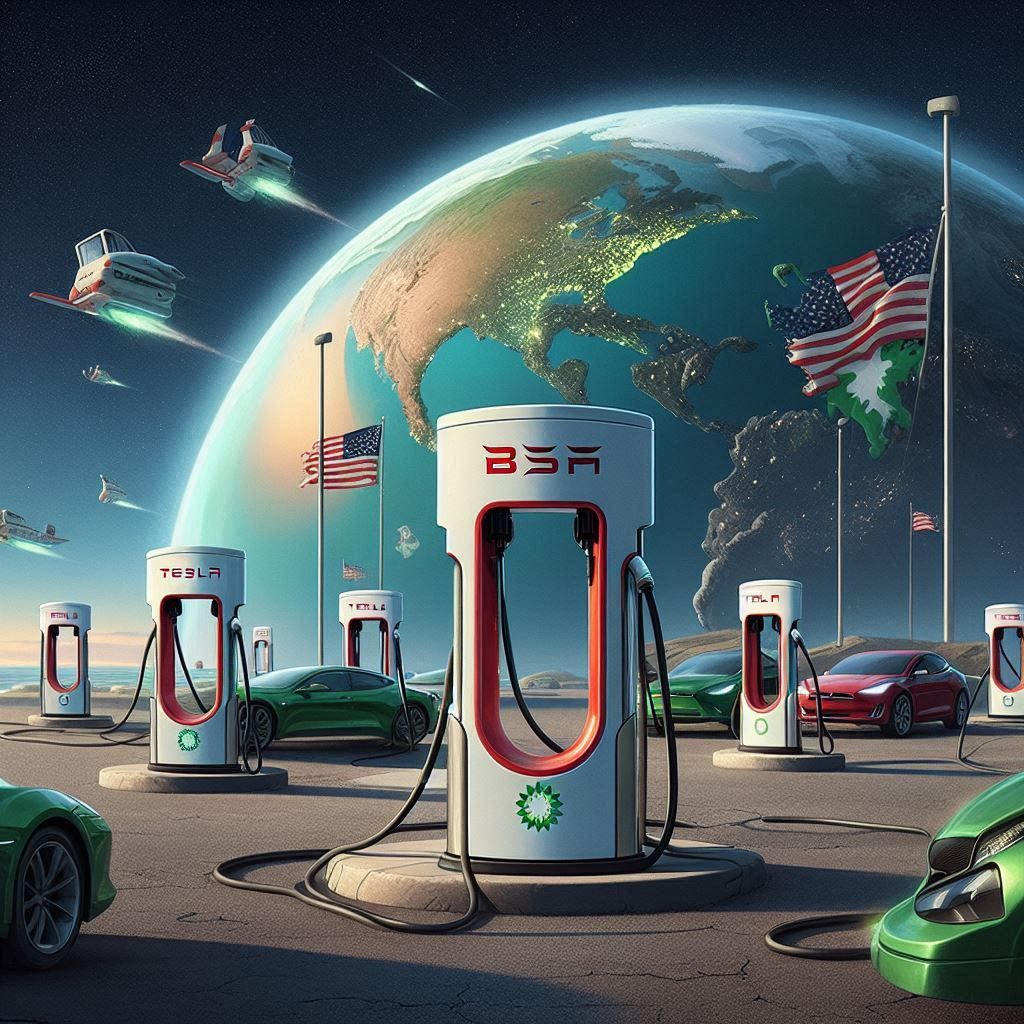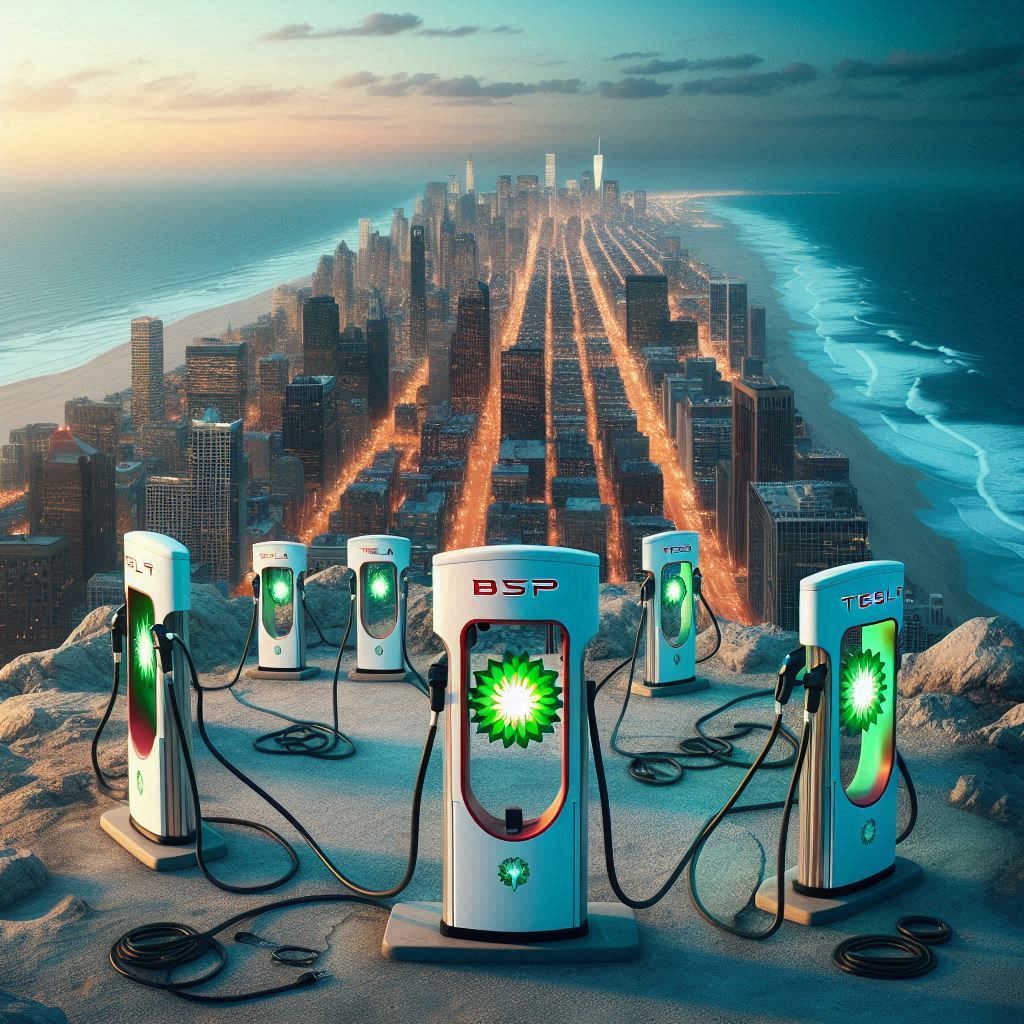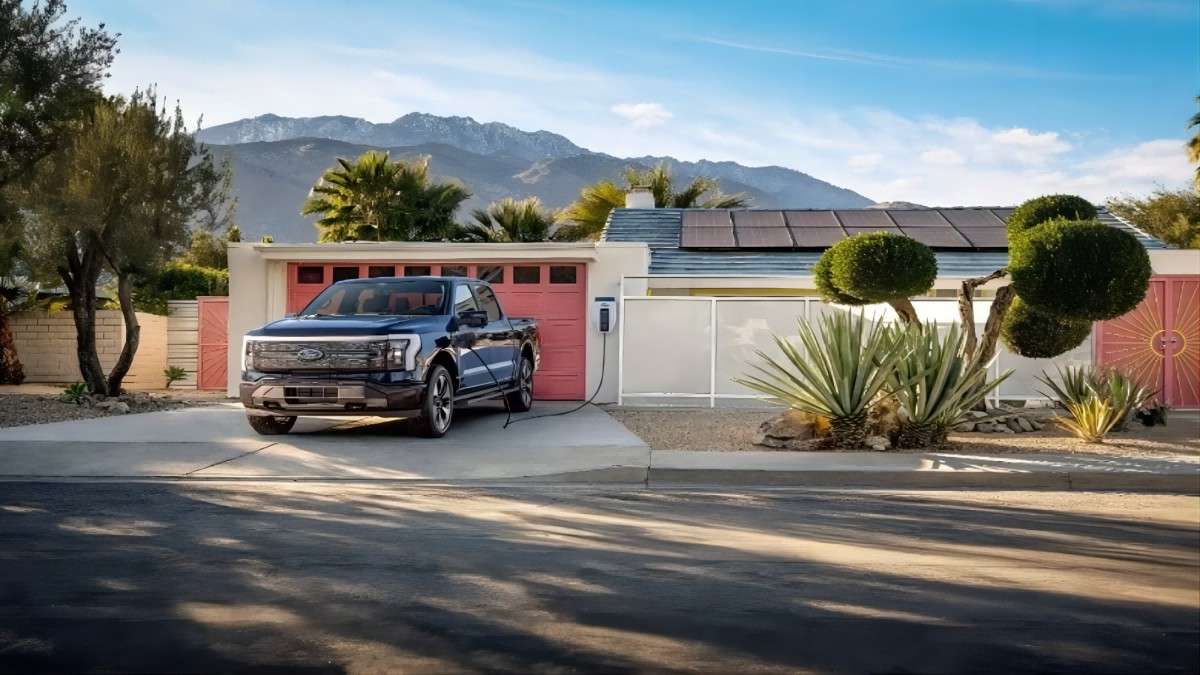BP Looks to Expand the EV Charging Unit in the US After Tesla Disbands the Supercharger Team
How to Send Messages on WhatsApp Without Internet?
Among Us!: Global Downloads Exceeded 200 Million
How to Get Free Strawberries in Transformice?
Observation | Country Multipliers Makes Monetization Easier for Developers
From Dawn to Dusk, Befriend, Greet and Defeat Legions of Merry Zombies.
Unveiling the Magic of Clash Royale: A Fresh Take on Mobile Gaming!
With Tesla disbanding its Supercharger team, BP has devised an aggressive approach that takes into account the changing faces of electric vehicle charging. It has declared that it will significantly beef up the EV charging wing within the United States.
This is significant, as Tesla also recently announced a surprising move to dissolve its Supercharger team. This is an issue that has since drawn varied industry opinions and discussions.
Supercharger Team Break-up at Tesla
The Supercharger network, created by Tesla, has set the standard for EV charging systems and offers unprecedented convenience and reliability for Tesla owners.
The success of this network can be attributed to its high-speed recharge capability, which helps relieve concerns about range and facilitates long-distance travel by encouraging more widespread adoption of EVs.
However, to the surprise of many, Elon Musk, CEO of Tesla, decided to terminate his Supercharger network team.
Questions have been raised following this decision, as some people feel that this was not expected. This has created more speculation on what could be happening in relation to that particular network expansion.
While Tesla has reassured the public that the expansion of the Supercharger network will continue, the pace at which this will occur remains uncertain.
The disbandment of the team raises several questions about Tesla’s long-term commitment to the network’s growth and the potential impact on Tesla vehicle owners who rely on the Superchargers for efficient travel.

BP Pulse: Using Tesla’s Reorganization as a Launch Pad for Expanding the US Electric Vehicle Charging
BP Pulse, BP’s electric charging wing, notes the potential within Tesla’s restructuring and wants to step up their presence in America.
In order to try and make up for what Tesla was doing away with, BP has intensified its efforts to buy properties that can strengthen its network countrywide.
This is part of a broader investment plan by BP, which plans to spend as much as $1 billion on EV charging stations in America by 2030.
A considerable percentage of this will be used over the next couple of years, thanks to BP recently purchasing Tesla’s ultra-rapid chargers worth $100 million.
This purchase thus represents the first instance that Tesla hardware has been acquired to be installed in an independent EV charging network and reflects BP’s commitment towards developing electric vehicle infrastructure.
By seizing the opportunity presented by Tesla’s reorganization, BP is positioning itself as a major player in the rapidly changing field of electric vehicle charging.
What is a BP pulse?
BP Pulse, formerly known as BP Chargemaster, is a full electric vehicle (EV) charging solution provided by BP. It comprises several services that are custom-made for EV owners.
For starters, BP Pulse runs one of the biggest public charging networks in the UK and grants people easy access to closing points all over the country.
More so, these companies also supply and fit EV chargers for private residences, enabling overnight charging and thus ensuring that the car is ready when it’s needed.
Also, businesses can get their employees’ cars charged at work through BP Pulse.
It has subscription plans that allow clients to access charging networks at a reduced fee, among other benefits like a free month's subscription fee or even free energy credits for charging at home.
The BP Pulse application assists users in finding available chargers, managing charge activity, and filtering in terms of charger speeds and types of connectors for a better user experience.
This wide range of services supports BP’s strategy aimed at facilitating a shift towards electric mobility and its commitment to go net-zero by 2050 or earlier.

Revolutionizing Electric Vehicle Charging
BP Pulse is not new in the EV charging sector, having installed over 27,000 charge points globally. As a result, it is targeting to put up more than 100,000 chargers by 2030, thus positioning itself for significant growth in the near future.
The move by BP Pulse to integrate Tesla’s chargers into its network is a strategic one aimed at enhancing its capacity for delivering high-speed open-access charging.
BP Pulse distinguishes itself from other players through its cutting-edge and intelligent charge management software called Omega.
When this software combines with Tesla’s reliable chargers, it presents a comprehensive solution for EV fleets that provides unmatched control and performance throughout the entire charging process.
With Omega in place, BP Pulse assures an exceptionally great customer experience and further cements its position as a trend-setter in the changing world of electric motor vehicles.

Challenges of BP Pulse
However, despite their grandiose plans to develop this market, BP has not been able to avoid obstacles.
Among recent setbacks are the downsizing of staff in the electric vehicle charging business and an exit from some markets due to overestimation of growth rates in commercial electric vehicle fleets.
Nevertheless, through all these upsets, BP is still a persevering company that recently introduced 250KW BP-branded chargers under its subsidiary Pulse for Tesla’s North American Charging Standard (NACS) and Combined Charging System (CCS) connectors, which can serve various models of EVs.
As other auto companies increasingly adopt Tesla’s NACS strategy, BP’s expansion strategies match the changing face of the industry.
By constructing large-scale charging hubs called GigaHubs, with each having a dozen or more chargers running concurrently on it, the public EV charging infrastructure will be massively upgraded by BP.
By taking advantage of such opportunities as well as confronting difficulties, BP is positioning itself as the vanguard of the transformational stride into electromobility the world over.
Conclusion
BP’s decision to increase its EV charging division in the US is a sign of the company's vision and adaptability.
Therefore, BP has not been left behind, as it uses the recent advancements at Tesla as a basis for claiming its position in the market for electric vehicle chargers.
Henceforth, with strategic investments made and innovative technology developed, BP will be instrumental in shaping what the future looks like when it comes to electric mobility.

Top Five Classic Vintage Cars of All-Time

Upcoming Bugatti to Feature Naturally Aspirated V16 PHEV Powertrain Producing 1,800 Horsepower

From Workhorses to Luxury Rides: The Evolution of Pickup Trucks in the United States

The Top Five Best-Selling Vehicles in America